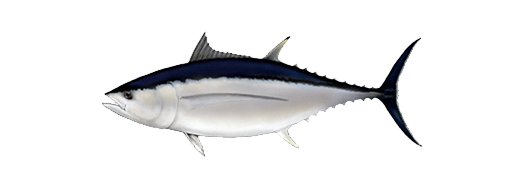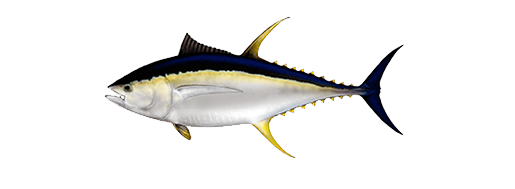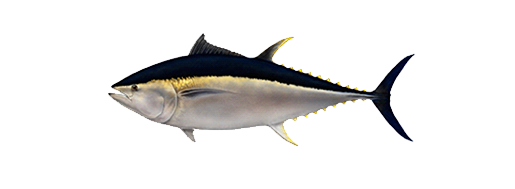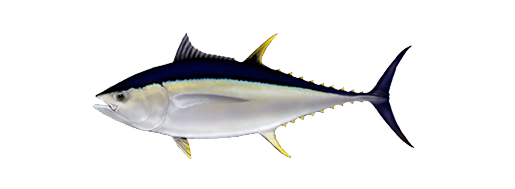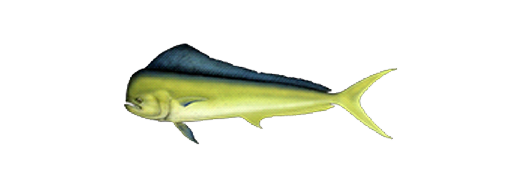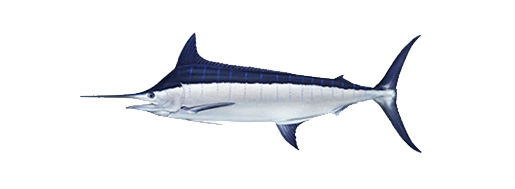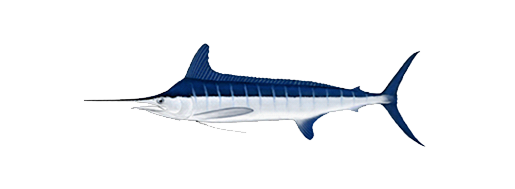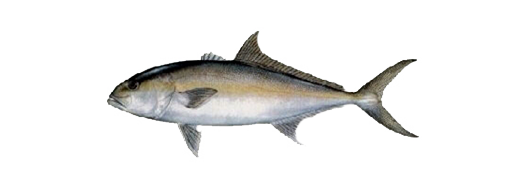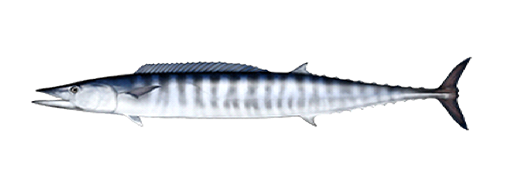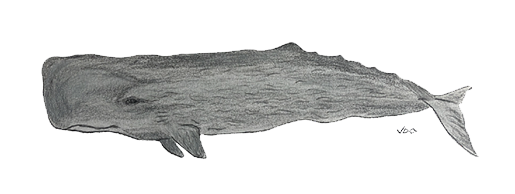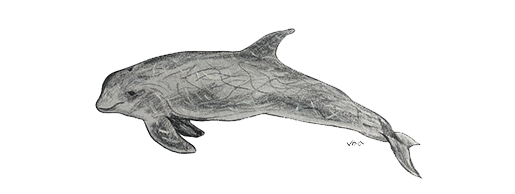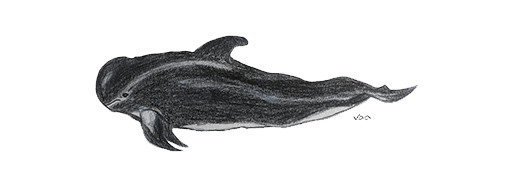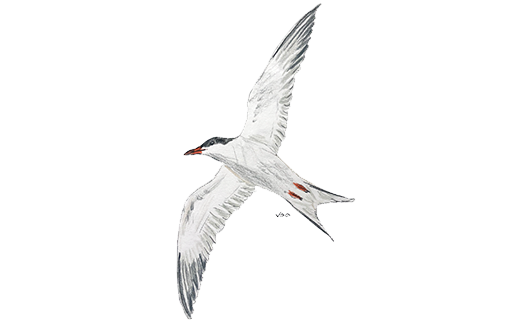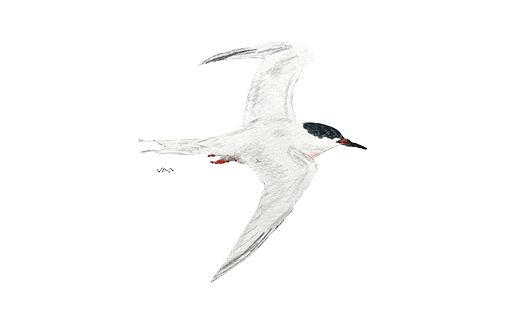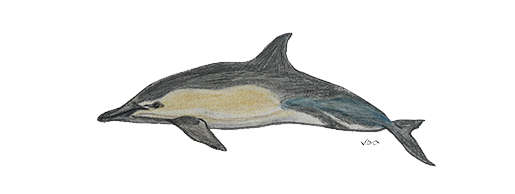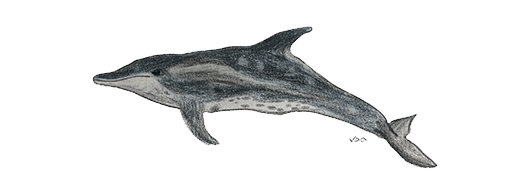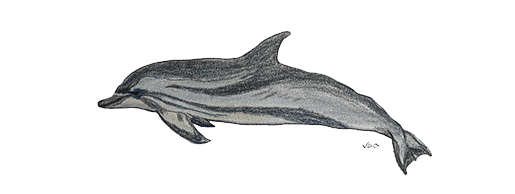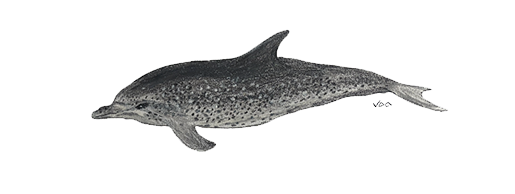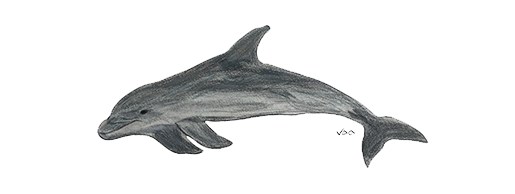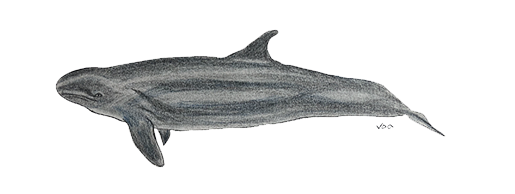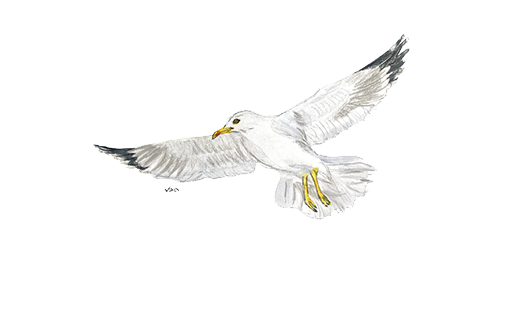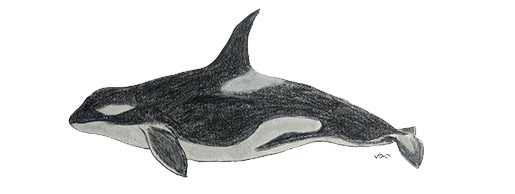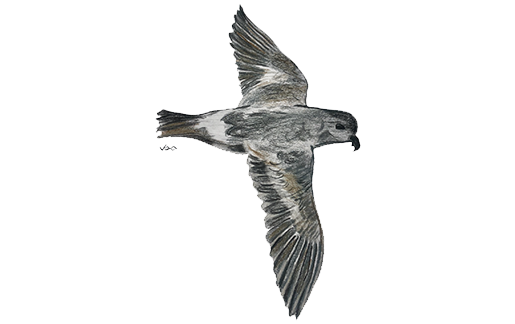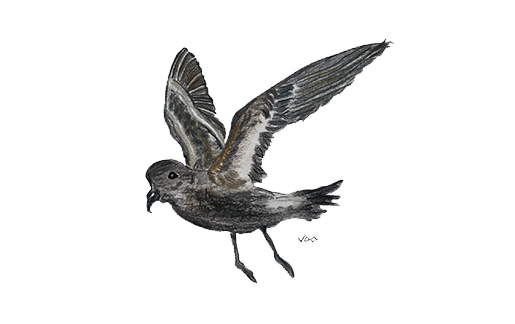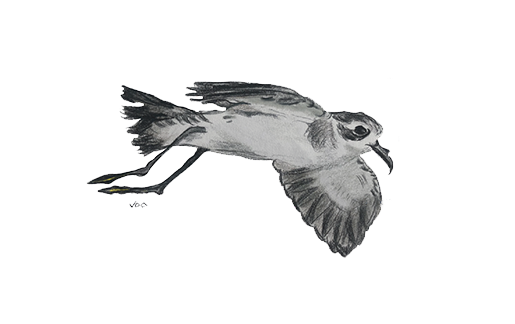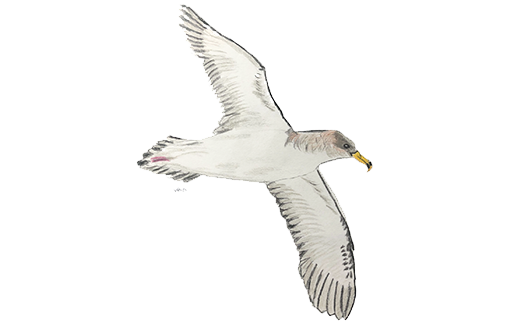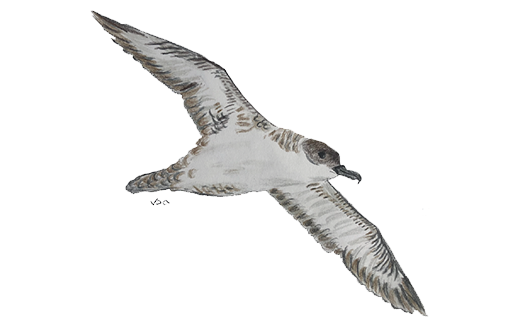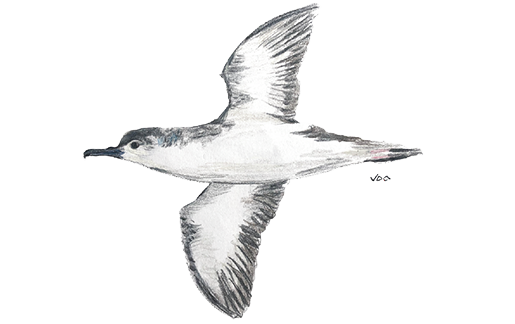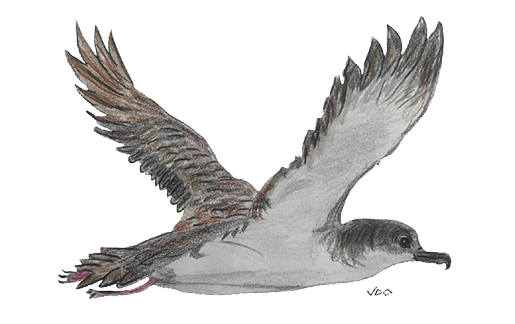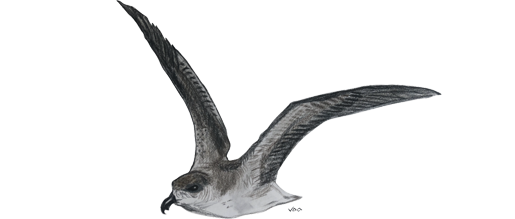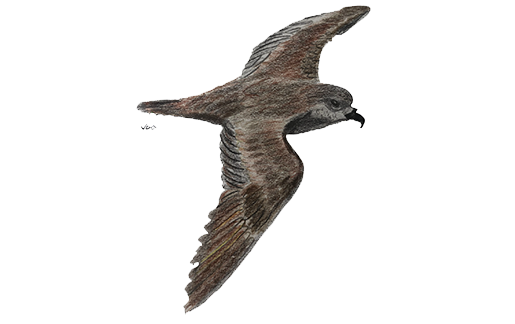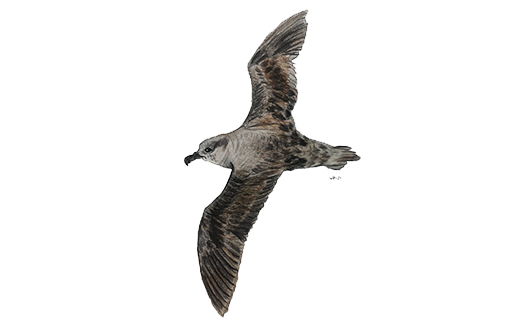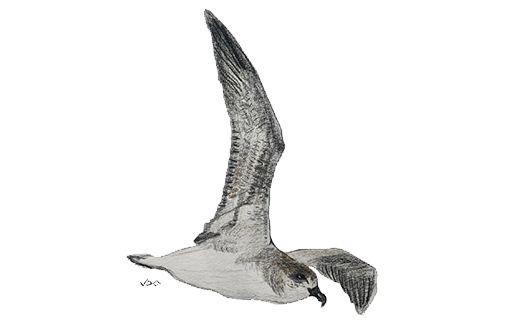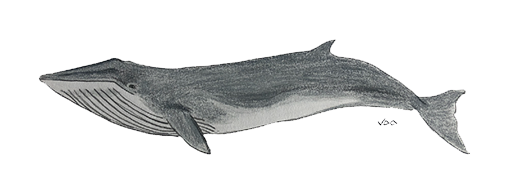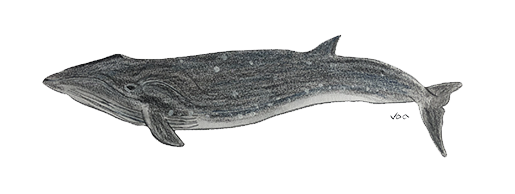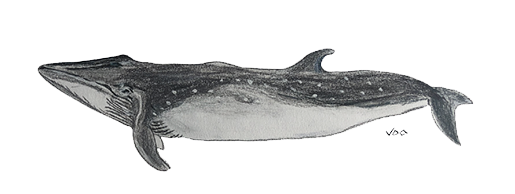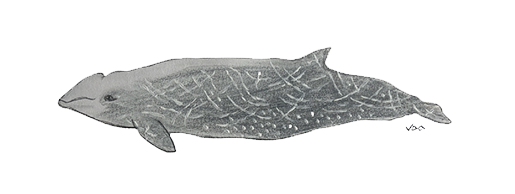The Albacore is a saltwater fish, belonging to the tuna family. His scientific name is “Thunnus alalunga”, and it is also known as northern bonito fish. It lives in tropical waters of all oceans. Atlantic, from the Azores and the Canary Islands to Ireland. Mediterranean, even in the Adriatic and Lebanon. The albacore has an elongate, fusiform body with a conical snout, large eyes, and remarkably long pectoral fins. Its body is a dark blue in the dorsal areas and shades of silvery white ventral areas. The size of the adult Albacore can reach up to 1.2 meters and weight approximately 20 kilos, although specimens of 35 kilos have been caught.
Welcome to the basic information about cookies on the website responsibility of the entity: Gesimpi Canarias SL. A cookie or computer cookie is a small information file that is saved on your computer, "smartphone" or tablet each time you visit our website. Some cookies are ours and others belong to external companies that provide services for our website. Cookies can be of various types: technical cookies are necessary for our website to function, they do not need your authorization and they are the only ones that we have activated by default. The rest of cookies are used to improve our page, to personalize it based on your preferences, or to be able to show you advertising tailored to your searches, tastes and personal interests. You can accept all these cookies by pressing the ACCEPT ALL button or configure them or reject their use by clicking on the COOKIES CONFIGURATION section. If you want more information, consult the COOKIES POLICY of our website.

 Español
Español